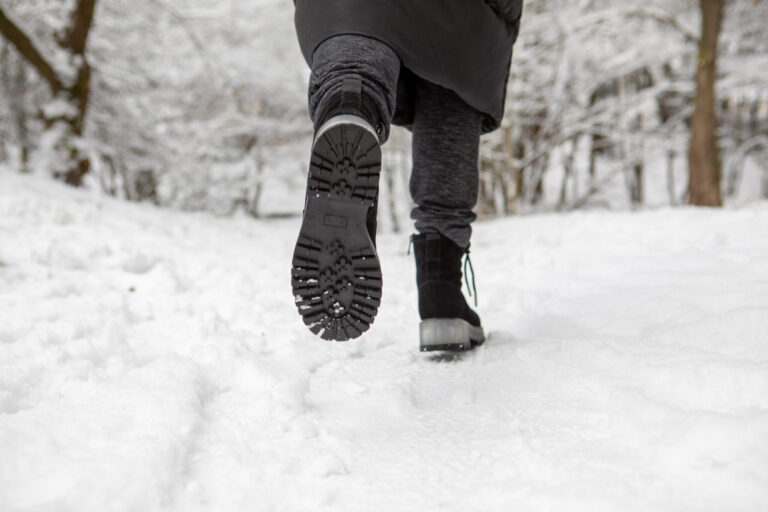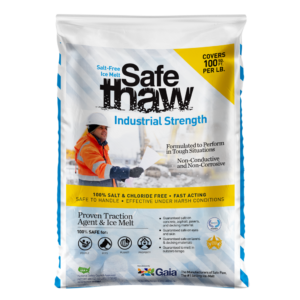How Deep Should Ice Be For Walking?

It’s that time of year again, folks. Winter is upon us, and with it comes all the snow and ice that we’ve come to know and love (or hate). But no matter how much you enjoy winter sports—whether it be sledding or hockey—there’s always a chance that something could go wrong. Therefore, you must know how thick of ice do you need to walk on.
How Thick Of Ice Do You Need To Walk On
Walk slowly and carefully on the surface of your chosen body of water. Don’t speed up as you go along; there is no need to rush—you’ll get where you’re going just fine by moving steadily at your own pace. Don’t jump or run around either; stay grounded as much as possible when heading out onto frozen bodies of water in order to avoid injury or falling through cracks or holes in an uneven surface underneath your feet (which can happen if one part freezes faster than others).
So, how thick of ice do you need to walk on? Three inches of ice is not safe to walk on. It will not support your weight, and you could fall through the ice if you try. You need at least four inches of solid ice before you can safely walk on it.
If you have that much snow on top of the lake or pond, the ice is probably thick enough to support your weight even though there isn’t enough snow for a human to stand up straight in (called “wet footing”).
Get ready for winter with Walk On Ice instant traction on snow and ice
Traction Walking On Ice: How To Walk On Ice
- Use a long stick to test the thickness of the ice. If it’s not thick enough, don’t walk on it.
- Don’t go out onto frozen water without wearing warm clothes and shoes that provide good traction on ice.
- When walking on snow-covered ice, try to stay away from its edge—the most dangerous part of an icy pond or lake is where cracks first appear when freezing temperatures hit open water.
- If you’re worried about falling through the ice, there are some ways to take precautions. You can use a traction agent like Walk On Ice and Traction Magic to give yourself extra traction on top of the ice so that it won’t be slippery. This product can be easily carried in your backpack or purse and does not require any special equipment or preparation before use.
Conclusion
Ice thickness is measured in inches and can vary greatly depending on the weather in your area. The ice will generally be the thickest at night and thinnest during the day. It is important to understand that every ice condition should be evaluated individually and any decision making related to how thick of ice do you need to walk on should be based on the local conditions.
Other Ice Melt Products
Safe Paw
The Original and #1 Selling Pet and Child Safe Ice Melt for over 20 years. Guaranteed environmentally safe – will not harm waterways and sensitive wetlands. All products are made in the USA.

Safe Thaw
Imagine an ice melt you can put down and never worry about. It won’t harm pets, kids, and your property. That’s Safe Thaw. Unlike anything else on the market, Safe Thaw can change how winter affects our planet.



